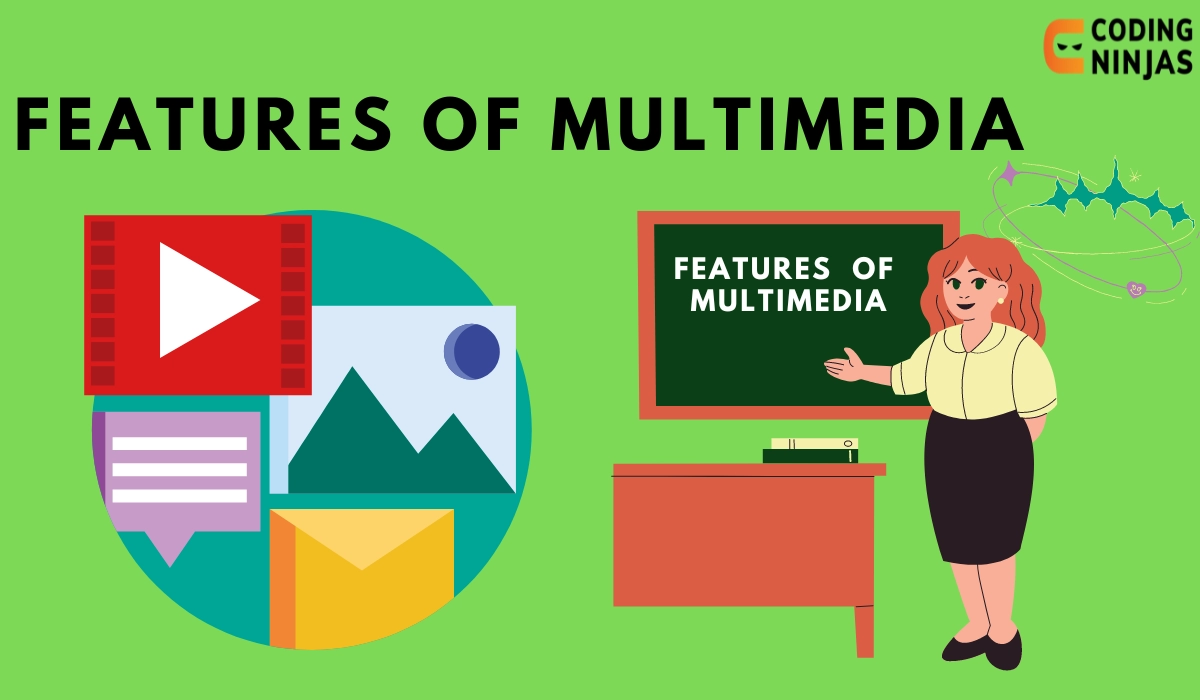Features of Multimedia

Multimedia encompasses a wide range of features and characteristics that contribute to its versatility, interactivity, and effectiveness in engaging audiences across different contexts. Here are some key features of multimedia:
Integration of Multiple Media Types: Multimedia combines different forms of media, such as text, audio, video, graphics, animations, and interactive elements, to create rich and dynamic content experiences.
Interactivity: Multimedia content often includes interactive elements that allow users to engage with and manipulate the content, such as clickable buttons, menus, sliders, forms, quizzes, games, and simulations.
Dynamic Content: Multimedia content can be dynamic and responsive, with elements that move, change, or adapt based on user interactions, input, or predefined triggers.
Sensory Engagement: Multimedia engages multiple senses, including sight, sound, and sometimes touch, to create immersive and memorable experiences that appeal to a broad range of audiences.
Customization and Personalization: Multimedia content can be customized and personalized to cater to individual preferences, interests, and needs, providing users with tailored experiences and content recommendations.
Rich Visual and Audio Elements: Multimedia features rich visual elements, such as photographs, illustrations, animations, and videos, as well as audio elements, including music, sound effects, voice narration, and ambient sounds.
Multimodal Learning: Multimedia supports multimodal learning by presenting information through multiple modalities, such as visual, auditory, and kinesthetic channels, which can enhance comprehension, retention, and engagement.
Cross-Platform Compatibility: Multimedia content can be accessed and experienced across different platforms and devices, including computers, smartphones, tablets, smart TVs, gaming consoles, and wearable devices.
Real-Time Communication: Multimedia enables real-time communication and collaboration through features such as video conferencing, live streaming, instant messaging, and interactive presentations.
Information Accessibility: Multimedia enhances accessibility by presenting information in multiple formats, accommodating different learning styles, preferences, and abilities, and providing alternative formats for users with disabilities.
Scalability and Flexibility: Multimedia content can scale and adapt to various screen sizes, resolutions, and devices, ensuring consistent user experiences across different platforms and environments.
Entertainment and Engagement: Multimedia is used for entertainment purposes, such as video games, movies, music, and interactive storytelling, providing immersive and engaging experiences for users.
Overall, multimedia offers a wide range of features and capabilities that make it a powerful tool for communication, education, entertainment, marketing, training, and various other applications. By combining different media types and interactive elements, multimedia creates compelling and impactful content experiences that engage, inform, and inspire audiences in diverse contexts.
Thank you,